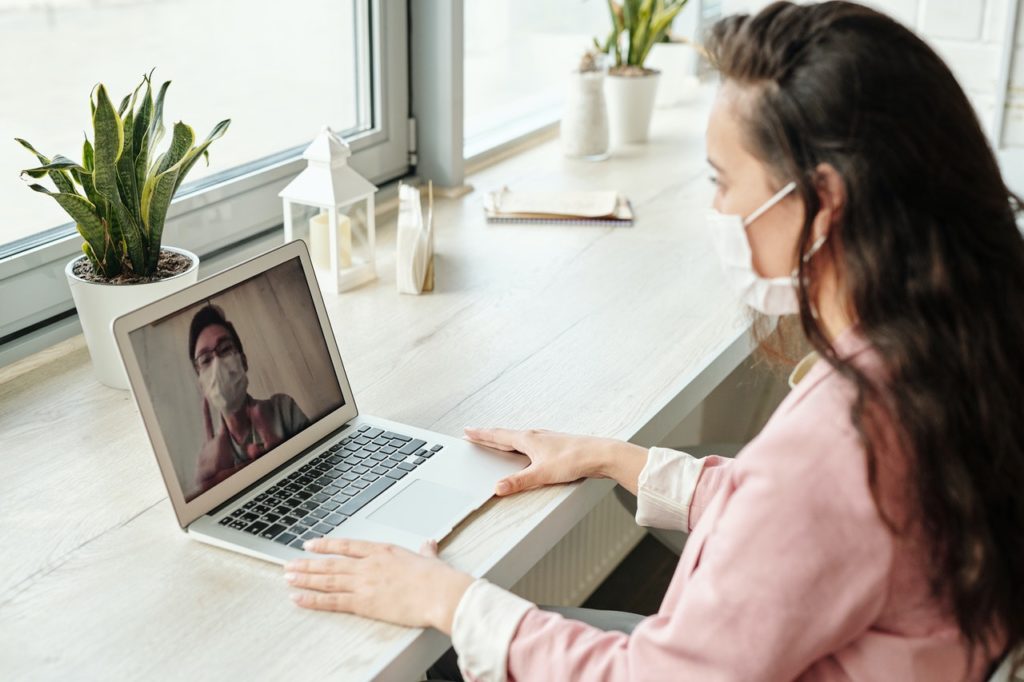The past year has not been kind to laborers. Layoffs, insufficient healthcare benefits, and childcare support are just a few of the things they have had to face during COVID-19. When workers feel that the system is failing them, they fight for their rights. They unionize to negotiate for better working conditions, salaries, and benefits. Most workers in the private sector have the right to go on strike. Those in a union, however, may be able to go on more long-term strikes.
The relevance of labor issues and labor strikes reaches new heights today as unemployment rates in the United States continue to soar due to the Coronavirus pandemic. Now more than ever, workers are demanding better working conditions, paid leaves, better healthcare plans, to name a few.
Workers in mining, steel, and automotive industries have seen the most labor strikes in history. Unionizing has declined significantly over the last few decades, though many infamous labor disputes still occurred as recently as 2018. Some historical cases were resolved with employment mediation and arbitration, while others were resolved unfavorably for the workers.
Labor disputes during COVID-19
Many laborers have suffered through unfavorable working conditions during the pandemic. Layoffs, lack of paid leave, lack of PPEs, and insufficient healthcare benefits are just a few of the factors at play. These issues – and the number of infected cases in the United States – had all escalated just in time for Labor Day. On May 1st, workers from many different industries took to the streets to fight for more benefits and better working conditions. Whole Foods workers claimed that the company’s negligence towards health and safety protocols have caused some workers to contract the Coronavirus. On the very frontlines, nurses protest a lack of PPEs.

Employee concerns to address
Compliance with health and safety protocols. It is of the utmost importance for companies to follow social distancing guidelines. Everyone must be required to wear face masks. The pandemic is going to change the architecture and interior design of the workplace. And in many ways, it already has. Public spaces have established social distancing measures such as partitions and floor markings. Companies have had employees working on staggered shifts, if not on a total work-from-home arrangement.
Design experts also predict that post-pandemic workspaces will significantly reduce touchpoints, such as door handles and machine buttons. Shared workspaces will be replaced with cubicles to follow social distancing. These cubicles will also be made more acoustically conducive for video calls.
Work from home equipment. The problem with making operations remote is that not all employees have at-home access to the necessary resources. They need stable internet connections, computers, printers, and other tools.
Employee healthcare. On top of overcoming financial struggles, the prolonged period of isolation has taken its toll on workers’ wellbeing. Apart from physical healthcare services, employers must provide their workers with mental health services. They must also do their part to fight the stigma surrounding mental health issues by normalizing check-ins and discussing these issues openly. They need to create a space that can foster better mental health among their employees.
Support for women. The pandemic’s aftermath more negatively impacts women. For one thing, more women were laid off from their jobs. Studies show that working women still do most if not all of the housework even when their male partners are unemployed and have more free time. Women also often have to shoulder childcare and child-rearing responsibilities.
Millions of workers worldwide have had to face poor working conditions that have only added to their load during the pandemic. Companies and governments must provide them with the necessary support systems and resources. These include healthcare support for physical and mental health needs, supplies and resources for remote work, support for female workers – especially those with children – and compliance with health and safety protocols.
